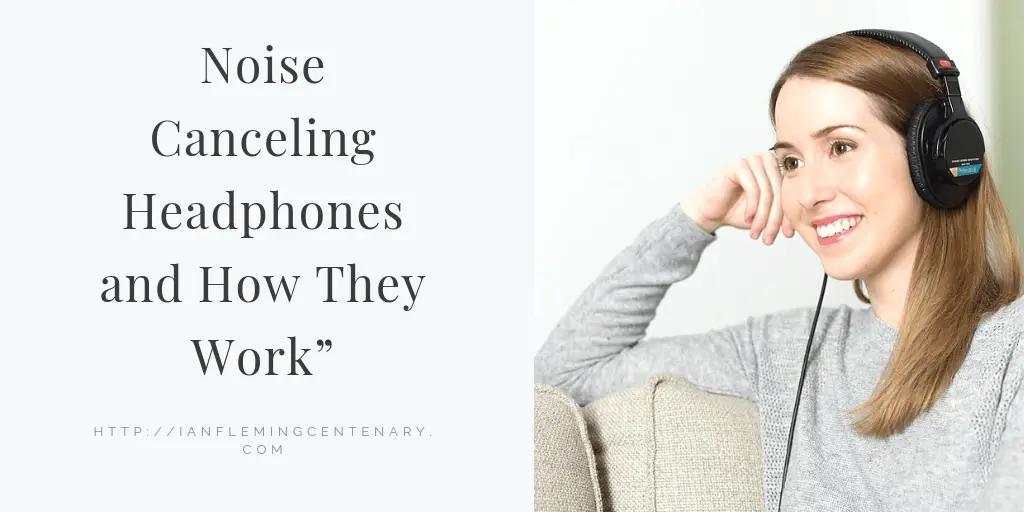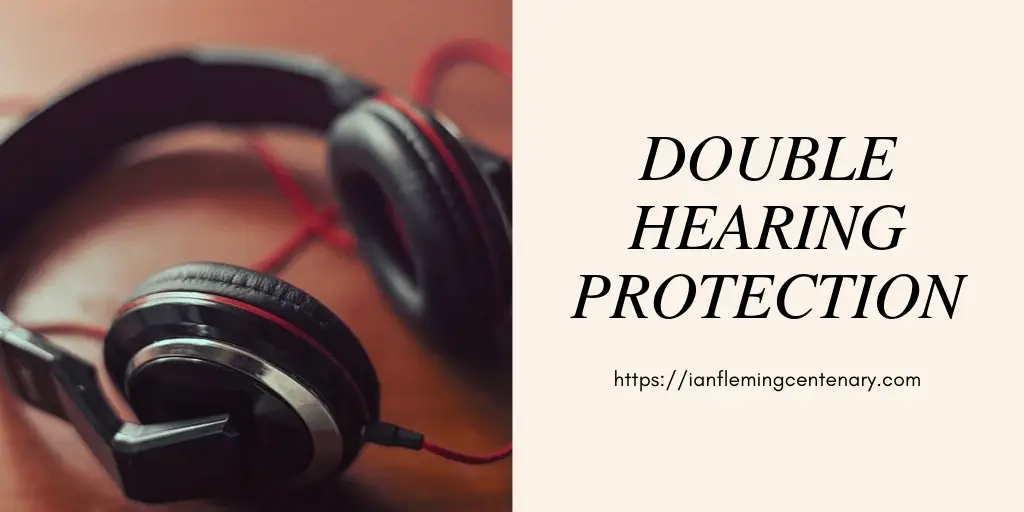Noise Canceling Headphones and How They Work
If you have tried listening to music on a plane, bus, or when lawn mowing, you must have come across a problem that is all too familiar: the roar of the engine makes it almost impossible to hear the sweet sounds being piped through the speakers.
Fortunately, noise-canceling headphones allow you to listen to music while keeping the annoying engine noise away.
The idea of the headphones started with Amar Bose, the founder of Bose Corporation. On his flight to Europe, he discovered that the jet engines’ noise prevented him from enjoying his music. He resolved to come up with a solution, and 10 years later, he introduced the first noise-canceling headphones in the market.

How noise-canceling headphones work

There are two main types of noise-canceling headphones: active and passive headphones.
It’s good to know that all types of headphones can provide some levels of noise reduction. This is made possible by the materials used in making them. The materials block most of the sound waves, especially the ones at higher frequencies.
The most popular passive headphones are the circum-aural types that are designed to maximize noise-filtering properties. These pieces are packed with high-density foam that reduces the noise by up to 20 decibels.
While the headphones do their bit of reducing the amount of noise you are exposed to, they aren’t too effective as most engines create up to 80 dB of noise. Due to the limitations that come with passive headphones, active noise-canceling headphones come into play.
Active headphones create a barrier that blocks high-frequency sound waves. The pieces also add an extra level of noise reduction by erasing low-frequency sound waves. They do this by creating their own sound waves that mimic the incoming noise.
When the two waves meet, they cancel each other, and as a result, you focus on the sounds you want to hear.
The noise cancellation is made possible by the various parts of the headphones. They include:
Microphone: The microphone, located inside the ear cup, “listens” to the external sounds that the passive headphones can’t block.
Noise-canceling circuitry: The electronics placed in the ear cup make up the microphones’ input and generate a “fingerprint” of the noise. The electronics note the frequency and amplitude of the incoming wave then create a new wave.
Speaker: The speaker receives the “anti-sound” created by the noise-canceling circuitry. The anti-sound gets rid of the noise using destructive interference, but it doesn’t affect the desired sound waves.
Battery: Active headphones work the way they do because energy has been added to the system to eliminate the noise. The energy comes from the rechargeable battery.
Who needs noise-canceling headphones?

If you frequently travel by plane, train, or car, a good pair of noise-canceling headphones will make your journeys worthwhile. You can use the in-ear models, but they are uncomfortable to sleep with.
Over-ear headphones reduce the noise coming from the engines, but they are bulkier than the in-ear pieces.
If you rarely travel and don’t like music on your ears, don’t waste your money on the noise-canceling headphones as they will not be worth it. You are better off with earplugs or noise-isolating earbuds.
Proper use of the noise-canceling headphones
By properly using the noise-canceling headphones, you can block up to 70% of ambient noise.
For you to get the most from them, you need to use them properly. The noise protection begins with how you wear them.
Start with tilting the headband away from the right ear cup and open the battery compartment. Insert AAA batteries into the battery compartment.
To activate noise canceling, switch the power button to the left. The battery indicator should glow green. Good quality headphones will provide you with some audio even when the power is off. For the best audio quality, keep the power on.
Once you are done, go ahead and insert the audio cable into the connector located on the left ear cup. You should then connect the other end of the audio cable to the standard headphone jack on your audio device.
Drawbacks of noise-canceling headphones
While noise-canceling headphones do a great job at keeping off the annoying engine noise, they have their fair share of drawbacks.
If you have tried to buy them, you will notice that they cost more than regular headphones.
The headphones require power that comes from the batteries. The batteries need to be replaced or recharged, which can be an extra expense on your part. Without power, some of the active headphones don’t function as regular headphones.
Extra padding, battery, and additional electronics increase the headphones’ size and weight, which can make them bulky to wear.
Some people complain that the circuitry reduces the audio quality by adding high-frequency hiss.
Despite these tradeoffs, you shouldn’t ditch noise-canceling headphones. This is because the pieces do more than reduce noise. When traveling, the headphones reduce fatigue due to exposure to low-frequency noise for long periods of time.
You can use the headphones even when you don’t want to listen to music. A little bit of quiet has never hurt anyone, has it?




